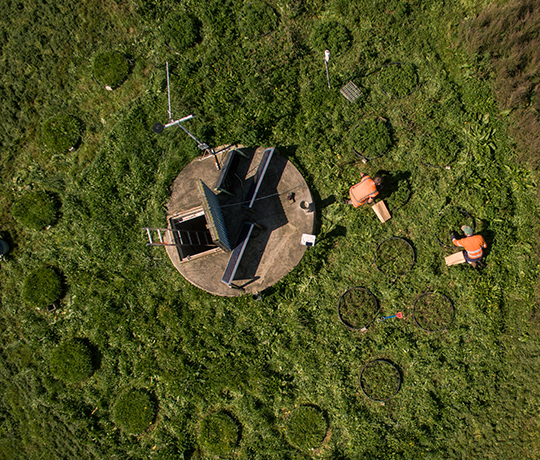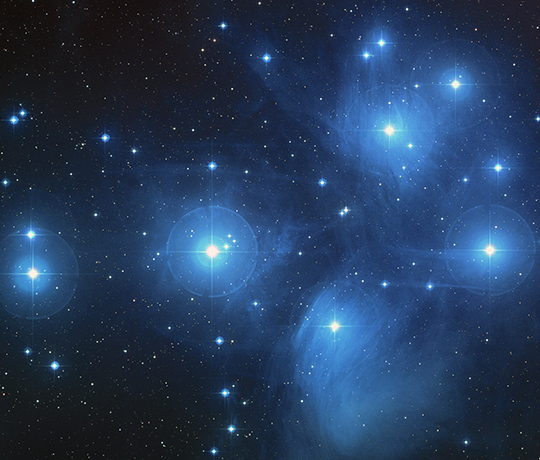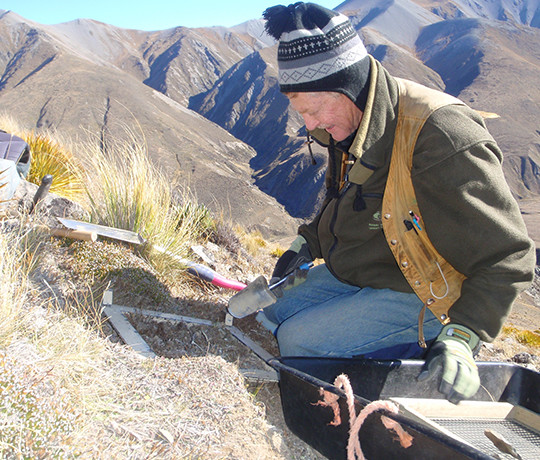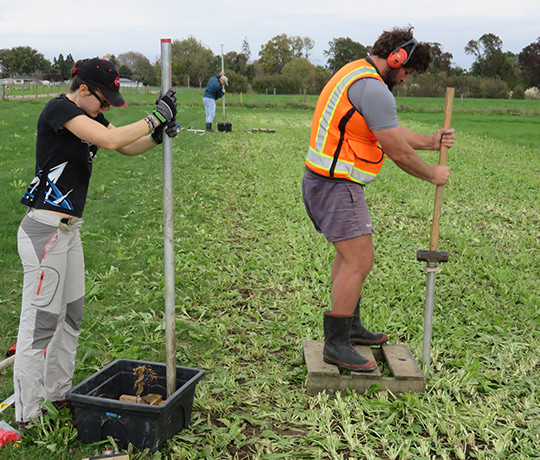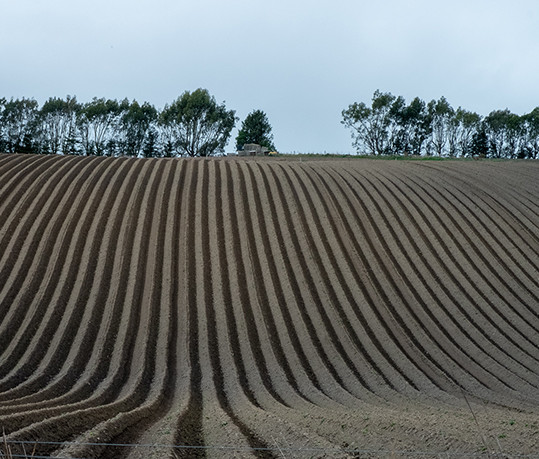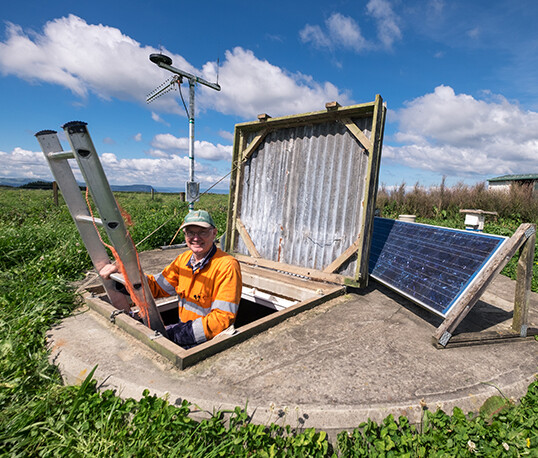Soil description & classification
The names people use for soils will always reflect the needs of the day and the understanding people have for how soils underpin many of our activities.
These pages provide background information about the different naming systems that have been used over the years, both in New Zealand and overseas. A picture gallery highlights soils commonly found in the NZ landscape.
The New Zealand Soil Classification (NZSC) grew out of the New Zealand Genetic Soil Classification and, where possible, preserved its useful features. The new classification was also influenced by local experience in testing the United States soil classification system 'Soil Taxonomy' (Soil Survey Staff 1975, 2014; Leamy et al. 1983).
The top three levels of the NZSC classification - order, group, and subgroup - are defined by Hewitt (2010), the fourth and fifth levels (family and sibling) by Webb and Lilburne (2011). The fourth level (soilforms) by Clayden and Webb (1994) were replaced by the family and sibling.
The resulting classification represents the best attempt to classify New Zealand soils, at our current state of knowledge. As knowledge and understanding of soils grows, further revisions will be necessary.
A page providing images of 83 soils commonly found in the NZ landscape, including their region of occurrence, NZ and USDA classification, and topsoil characteristics. The imagery has been kindly provided by Peter Singleton.
Soil classification on a comprehensive national scale was not developed until 1948. The pioneer New Zealand soil scientist, Norman Taylor, developed the New Zealand Genetic Classification that recognised "soil groups" and related them to the environmental factors that most influenced their character (Taylor 1948; Taylor and Pohlen 1962, 1968). Knowledge of these relationships helped the prediction of soil classes from observations of geology, landscape, climate and vegetation. Such predictions enabled rapid progress in the broad-scale exploratory mapping of New Zealand soils.
Taylor & Pohlen (1962) provide the best introduction to the NZ Genetic Classification (pages 155-174). More details for each individual Soil Group are presented in a publication series issued by the New Zealand Society of Soil Science (NZSSS).
By the late 1970s, Taylor's New Zealand Genetic Soil Classification was becoming outdated. Soil classes were vaguely defined so that only experts could easily identify the correct class for many soils. The relationships between soils and environment that were useful at a broad scale were less useful for making soil maps at more detailed scales.
Soil taxonomy provided by United States Department of Agriculture/Natural Resources Conservation Centre provides an elaborate classification of soil types according to several parameters and in several levels: Order, Suborder, Great Group, Subgroup, Family, and Series.
he World Reference Base for Soil Resources (WRB) is the international standard taxonomic soil classification system endorsed by the International Union of Soil Sciences (IUSS). It was developed by an international collaboration coordinated by ISRIC–World Soil Information and sponsored by the IUSS and the FAO.
